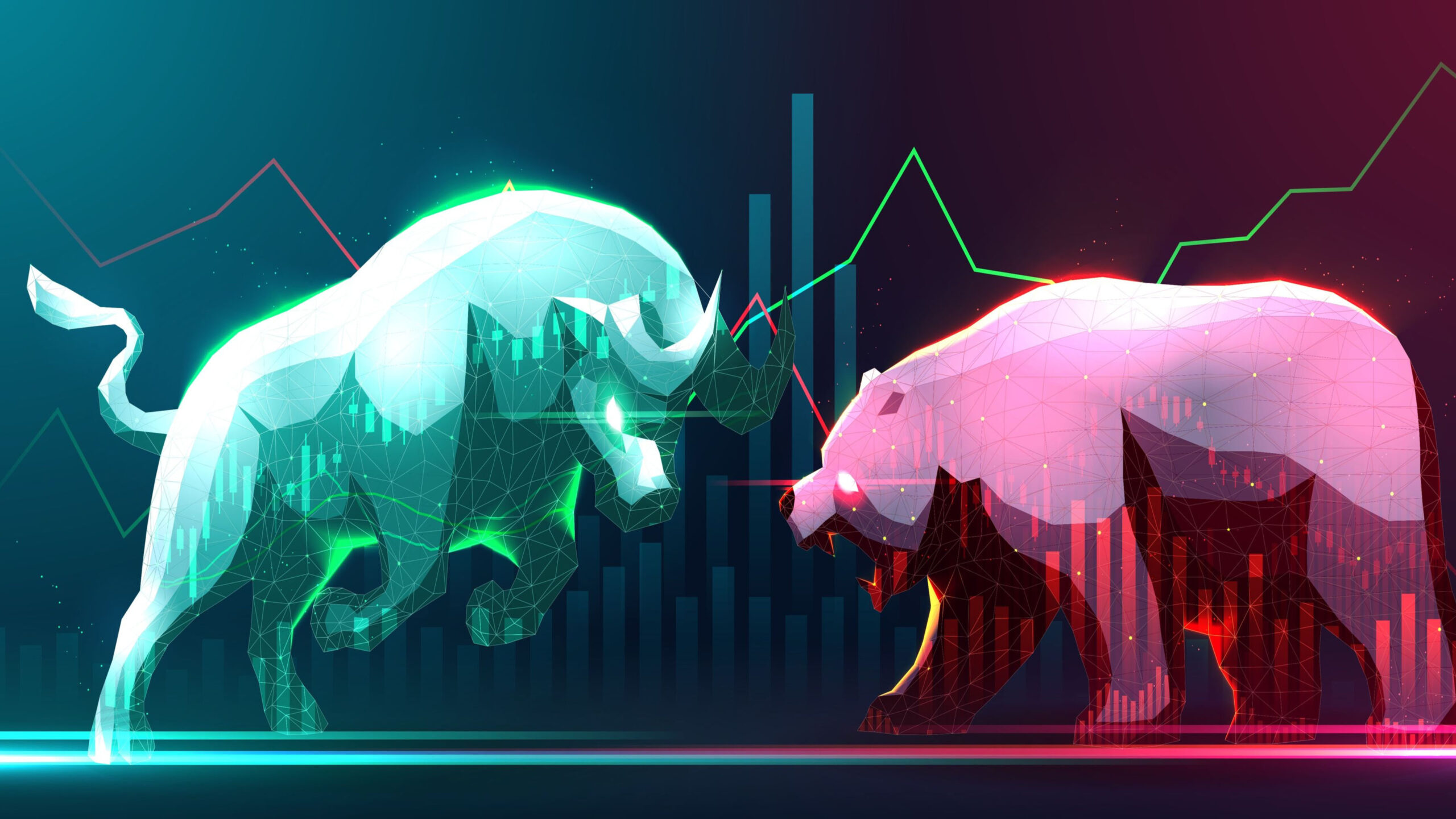Thesis
Since minting in January this year, Azuki has cemented itself as a blue chip NFT project. Thanks to the project’s anime-style art, a stellar team and enchanting art attracted collectors from all over the globe, particularly in Asian regions. The mostly anonymous team, with one exception (and a recently added advisor), proved their technical skill when it created the gas fee reducing ERC-721A NFT standard. The team’s mission is to create a decentralized streetwear brand for the metaverse built and owned by the community.
The Azuki mindmap discusses but does not promise several different value-adds for holders, including providing grants for their community, delivering merch with an existing streetwear brand, in-person meetups, and future airdrops (the latter two accomplished at NFT.LA). Despite only trading for about four months, Azuki ranks eighth in NFT trading volume, the leading metric investors examine when determining the health of an NFT collection. BEANZ, the Azuki airdrop, is currently fifth in trading volume over the past 30 days.
Azuki is riding the waves of streetwear and NFTs, two trends that have become popular with an increasingly wealthy population in Asia. The brand will be the gateway for collectors into both worlds and will bridge the gap for those with an interest in both.
Market Size
According to a report from Hypebeast and PWC, consumers reported spending up to five times more per month on streetwear than non-streetwear. $185 billion is the estimated size of the global streetwear market, making up about 10% of the entire apparel and footwear market. The total NFT market cap is over $19 billion, with over $10 billion in 10 “blue-chip” projects, including Azuki, whose current market cap is over 200,000 ETH (~$500 million).
Compounding
Compounding takes place as their brand grows to a mass audience. Supreme, the most popular streetwear brand ever, was sold to VF Corporation in 2020 for $2.1 billion. In the year before the sale, Supreme generated $500 million in revenue with gross margins over 60%. Supreme’s purchase price represents more than 4X Azuki’s current market cap. The team is currently exploring a DAO and is experimenting with DAO mechanics with their fractionalization of Azuki #40, AKA “Bobu.” Implementing a DAO will make Azuki function like a corporation, rewarding holders of the genesis Azuki collection first and foremost. Adding a game could drive more users to the ecosystem and create more fashion brand consumers.
Assumptions
Azuki’s team will continue to innovate and add value to its community. A majority of the ideas in the Azuki mindmap are still in progress or being “explored,” Properly executing just a few of these items could lead to widespread adoption. The team is exploring a game, which they say will take some time, but they have the experience and resources to execute.
Azuki’s team stays committed and original, two aspects covered in the first section of their mindmap. The Azuki mindmap makes no promises because they do not want to overpromise like other projects and aim to be original. The team does not want a lesser project to include an innovative part of the Azuki mindmap before Azuki can release it. The final assumption is that blue-chip NFT projects outperform middle and low-cap projects (Source).
Risk
Holders do not own the underlying IP of the artwork. 70% of “hypebeasts” from the survey had an income of $40,000 or less the floor price of Azuki is currently 17 ETH (~$40,300). Merch is not released to the public and only to holders. In that case, Azuki is a community-owned brand, only to be purchased by its owners. The merch gets released to the public, and nobody wants to buy it. Streetwear as a style fades out of consciousness. NFT “alts” steal market share from incumbent “blue-chip” NFTs.
One of Azuki’s co-founders, Zagabond, revealed they were the founders of three other NFT projects that were rugged. This cratered the floor price of the Azuki collection. This presents a risk that Zagabond and co do the same with Azuki.





